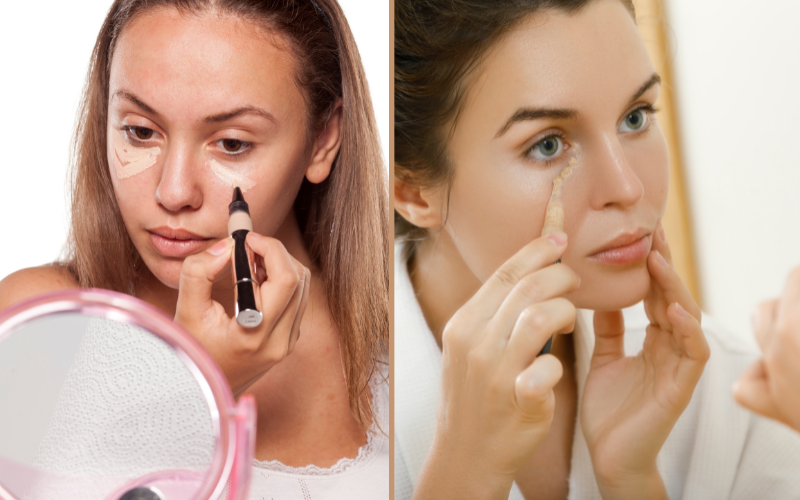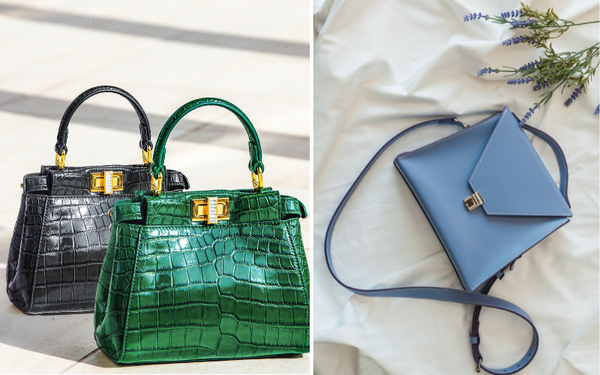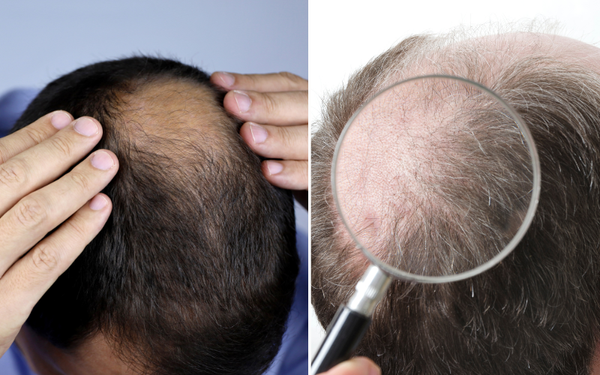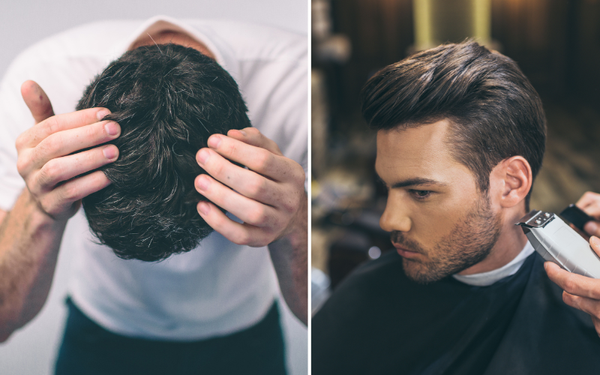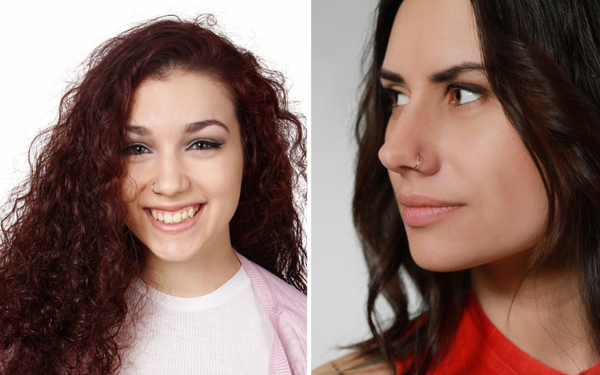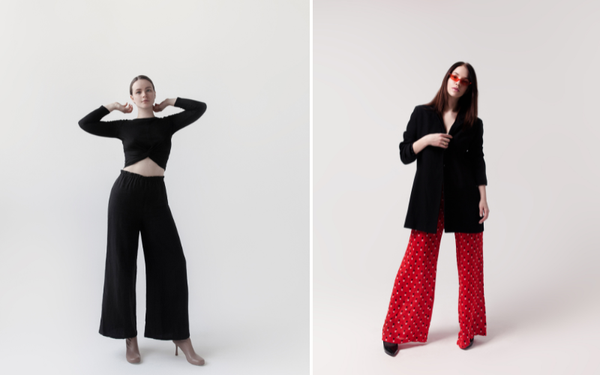Deciding “should under eye concealer be lighter or darker” is critical for an impeccable makeup look. Get it right, and you’ll enjoy a refreshed, vibrant appearance; get it wrong, and you may not achieve the desired effect. This article serves as a concise guide to making an informed concealer choice that best suits your skin tone, ensuring your under-eye area looks naturally flawless, not overly made-up or shadowed.
Key Takeaways
- Your under-eye concealer should be slightly lighter than your skin tone with peach or orange tones to hide dark circles effectively.
- Color correction is key in makeup, using colors like green to reduce redness and peach or orange for dark circles – consult the color wheel to neutralize unwanted tones.
- Blending is crucial for natural-looking concealer application, so choose the right tools and techniques, and adjust your concealer shade seasonally for the perfect match.
The Ideal Under Eye Concealer Shade

Choosing the perfect under eye concealer shade can feel like a Goldilocks situation. Too light, and you might look like a ghost. Too dark and you risk highlighting what you’re trying to hide. The sweet spot? Right in the middle. Your ideal under-eye concealer shade should be slightly lighter than your skin tone for a brightening effect. Peach or orange tones are a secret weapon against dark circles.
And just like Goldilocks, you’ll know when you’ve found ‘just right’. When applied, the right concealer shade should blend seamlessly with your skin, making those under-eye circles vanish like magic. It’s like they were never there, to begin with. And the best part? You’ll look like you’ve had a full 8 hours sleep, even if you partied until dawn, all thanks to your liquid concealer.
The Brightening Effect of Light Concealer
You might be wondering why lighter concealer has such a profound impact. The secret lies in the glow it imparts. A lighter concealer shade can hide under-eye circles and gives a nice glow that makes the area look lifted. It’s like an instant pick-me-up for your face, and who doesn’t love that?
But don’t just take our word for it. Numerous makeup artists recommend using a light concealer for under-eye circles. It helps mask the darkness, softens the appearance of blemishes and discoloration, and imparts a radiant glow to the under-eye area. So next time you’re looking a little tired, whip out that light concealer and watch the magic happen.
Balancing with Your Natural Skin Tone
But wait, there’s a catch. While lighter concealer can work wonders, it’s important to balance it with your natural skin tone. Go too light, and you risk looking overly highlighted or, even worse, ashy. The key is to choose a lighter shade that matches your skin tone or is a little lighter or darker with the right warm undertones for a smooth finish.
Darker skin tones, in particular, should be cautious to avoid a chalky look. Using a concealer with cool undertones and applying a good eye cream can help the concealer stay in place without creasing. Remember, the goal is to enhance your natural beauty, not to cover it up.
Understanding Color Correction
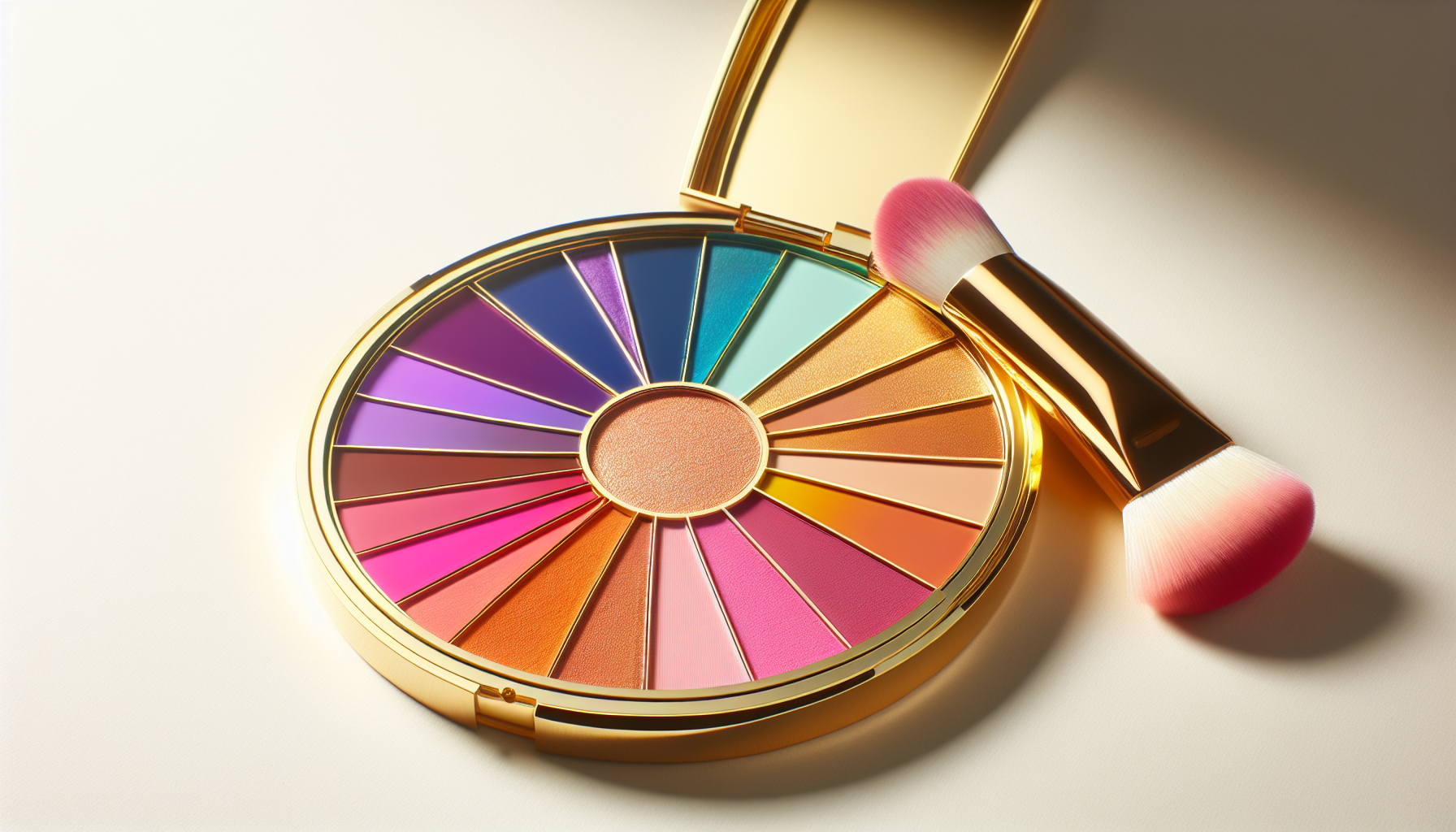
Let’s delve deeper into the subject. Apart from basic concealer shades, there exists an extensive realm of color correction that’s worth exploring. Color correction in makeup is all about using specific colors to even out and fix any unwanted undertones or discoloration in the skin or under the eyes.
Think of it as your secret weapon against skin issues. Green can tone down redness, while peach or orange can cover up dark circles. The color wheel is your guide here, using opposite colors to neutralize unwanted tones.
The Role of the Color Wheel in Makeup
Makeup artists around the globe swear by the color wheel. It assists in determining the compatible colors in makeup and is incredibly useful in achieving that impeccable skin tone.
But it’s not just about matching colors. The color wheel helps in choosing concealer shades for different skin tones by using color theory. Pale yellow shades can help with redness and add brightness to the skin. It also helps in figuring out the undertones of the skin to pick a concealer that matches or complements those undertones.
Selecting the Right Color Corrector
How does one select the correct color corrector? The key is in comprehending your skin. Your skin tone, including neutral undertones, plays a big role in deciding which color corrector will suit you best.
Green color correctors are great for getting rid of redness, and yellow ones are perfect for fixing acne scars. And remember, always apply your color corrector before your concealer for best results.
The Art of Blending Concealer
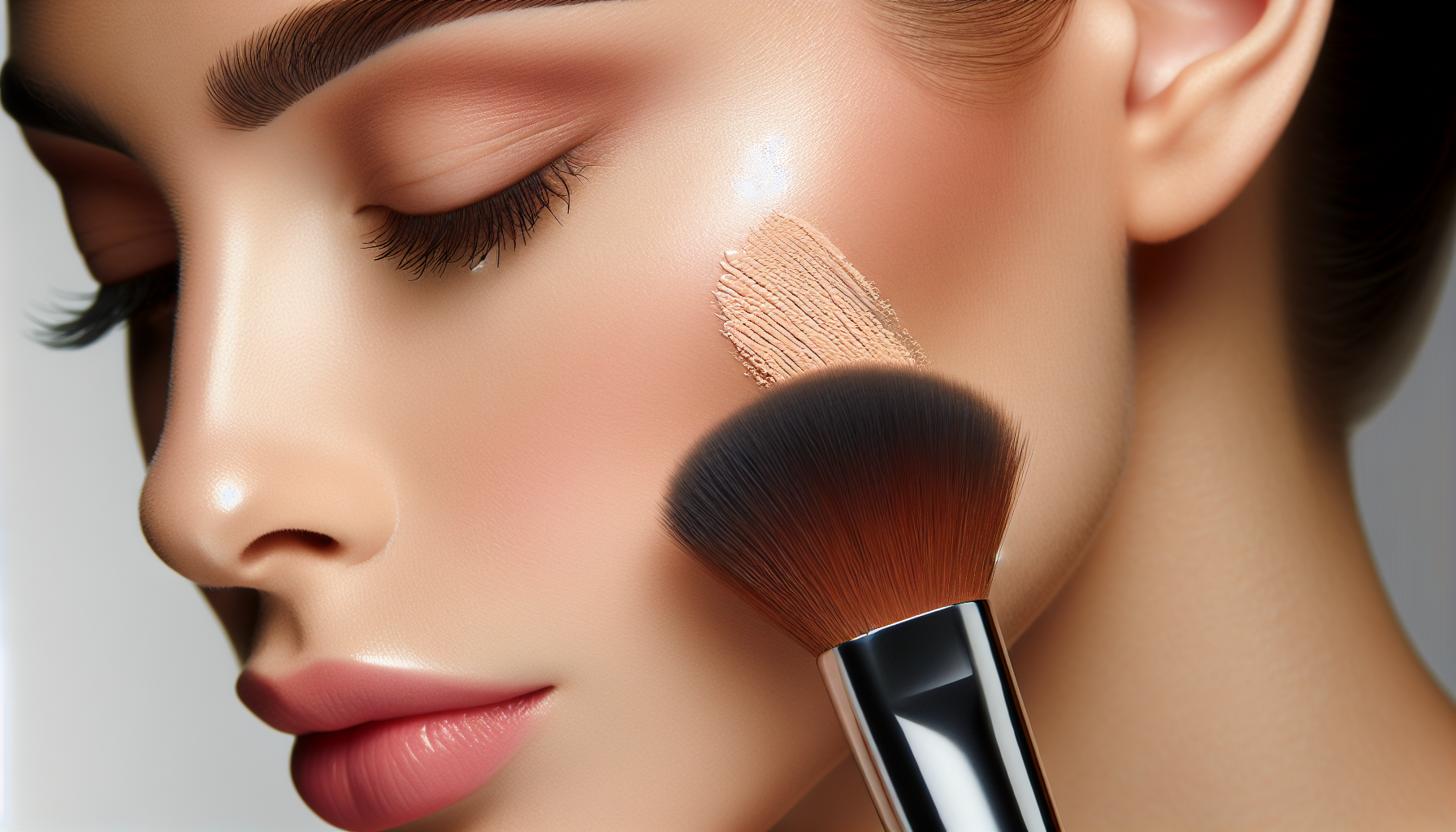
With your ideal concealer and color corrector at hand, the next step is blending. This crucial step can make or break your makeup look. The goal is to blend the concealer seamlessly with your skin for a natural-looking finish.
This might seem daunting, but don’t worry, we’ve got you covered. Whether you’re using a brush, sponge, or your fingers, we’ll guide you through the art of blending concealer.
Tools for Precise Application
The tools selected for concealer application can have a significant impact. A concealer brush, sponges, or even your fingers can all be used, but each has its own pros and cons.
Brushes with a domed or tapered head, like the ones from Sephora and Rare Beauty, are great for targeting small imperfections and giving accurate coverage. Sponges, on the other hand, can give you a more airbrushed finish, but they can also absorb a lot of product, so be careful.
Techniques for a Natural Look
With your tools in place, the next step is mastering the application techniques. Start by applying your concealer in a triangle shape under your eye, then blend it out for a smooth look.
And remember, less is more. It’s better to apply a little product and build it up than to go in heavy-handed. Layer your concealer, then set it with powder to lock in the look and avoid creases.
How Lighting Affects Concealer Choice
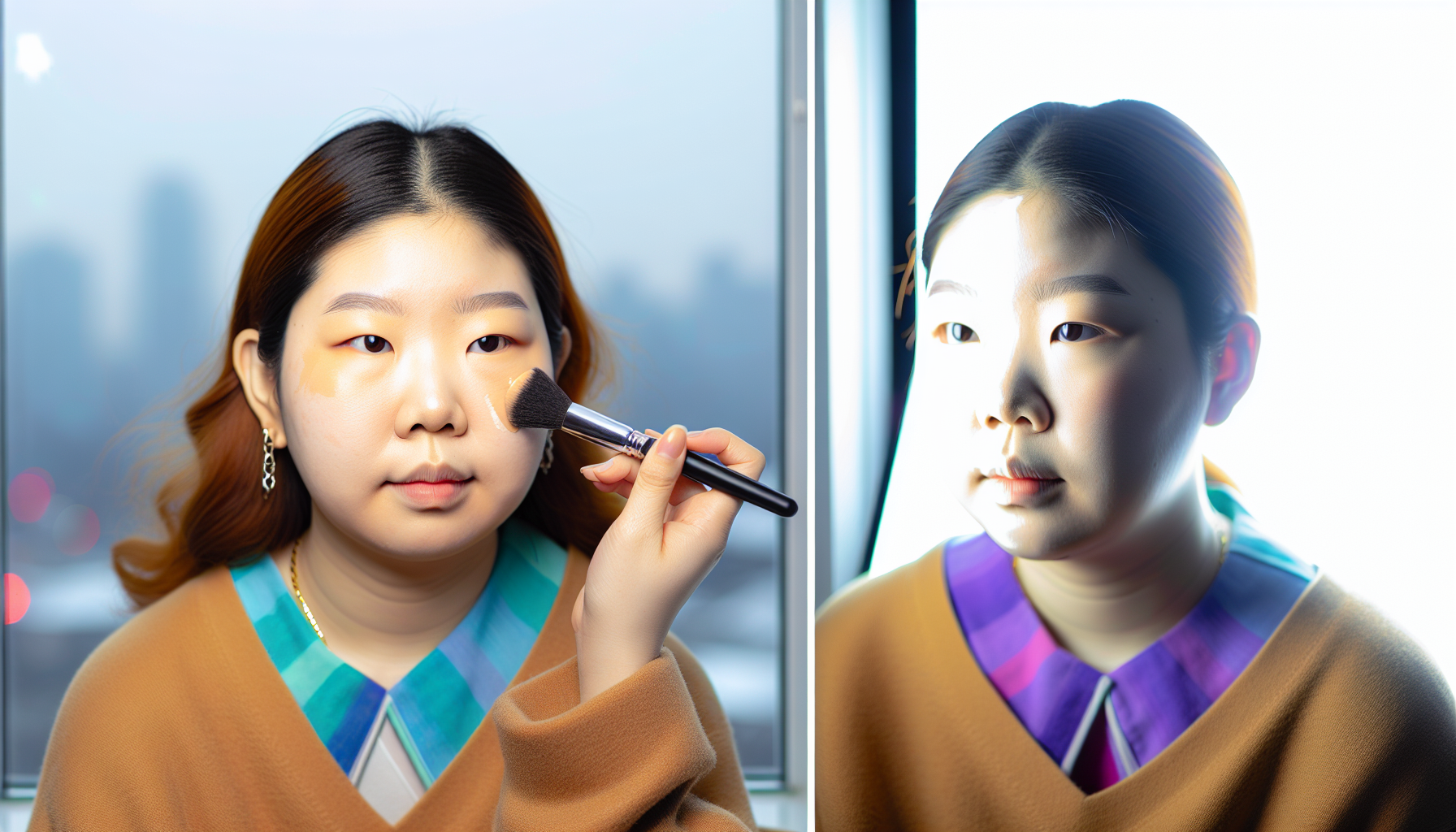
Let’s now illuminate another crucial aspect - lighting. The lighting in which you choose and apply your concealer can significantly affect how it looks on your skin.
Natural daylight is your best friend here, showing your skin as it really is and helping you choose the most accurate concealer shade. On the other hand, artificial lighting can distort how your concealer looks on your skin, so always check your makeup in natural light if possible.
The Multi-Shade Approach
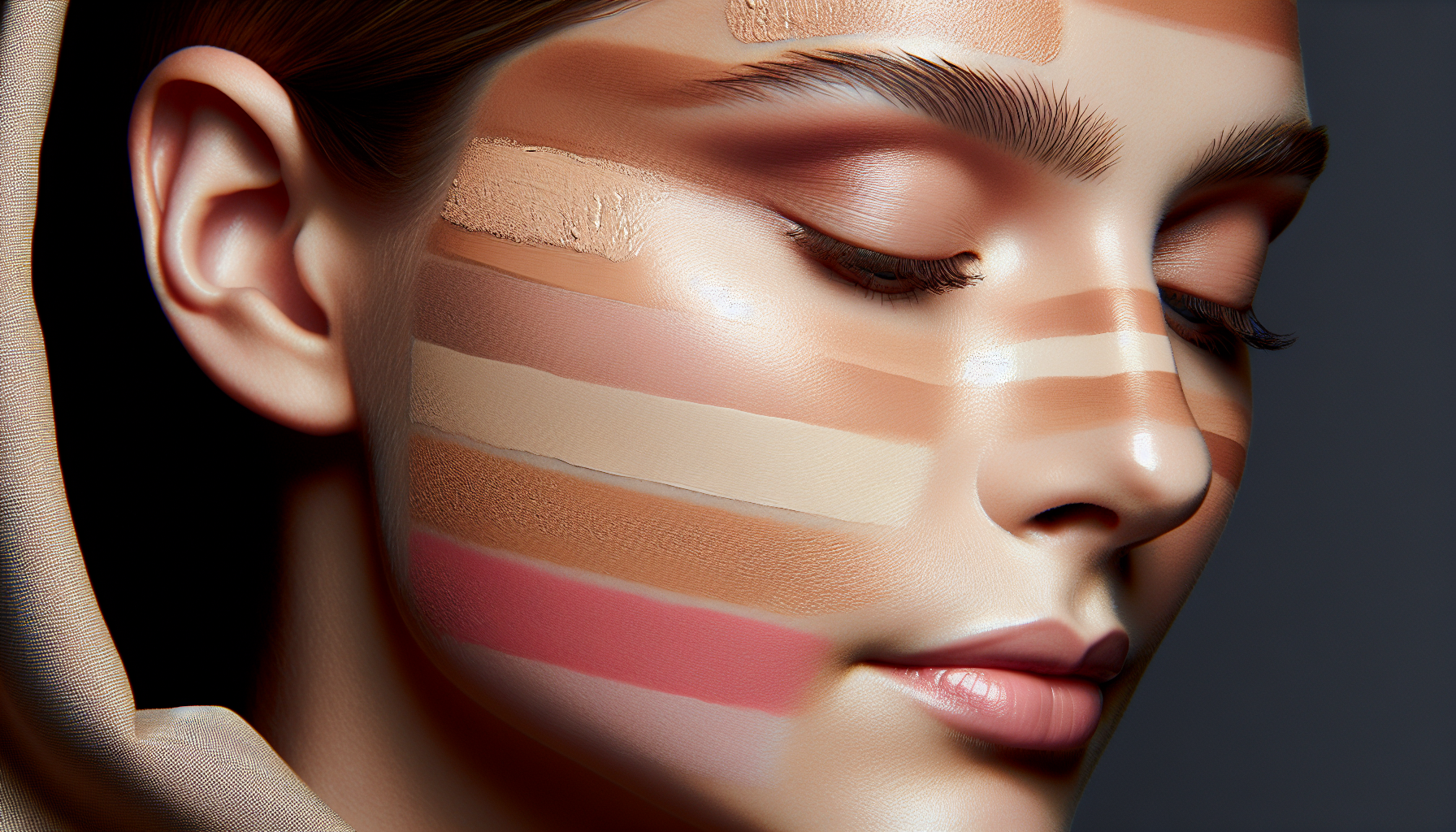
Have you ever considered employing more than a single concealer shade? This can help you address various skin concerns more effectively and achieve a more natural and seamless finish.
Whether you’re dealing with dark spots, redness, or under-eye circles, using different concealer shades can help you customize the coverage and color correction for different parts of your face.
For Dark Spots and Blemishes
When it comes to dark spots and blemishes, you need a concealer that means business. Go for a mineral or cream concealer like Jane Iredale Enlighten Concealer or Inglot Cosmetics Cream Concealer, and make sure the shade matches your skin tone perfectly.
Color-correcting concealers are also a big help here. Using shades like orange to cancel out dark spots and green to cover up redness, you can effectively hide any imperfections.
For Highlighting and Contouring
Highlighting and contouring can really take your makeup game to the next level, and concealer is a key player here. For highlighting, go for a concealer that’s 2 shades lighter than your natural skin tone to make those high points pop.
For contouring, choose a shade of concealer that’s 2-3 shades darker than your skin tone and has a mix of blue and red undertones for a natural shadow look. Remember, contouring is all about creating shadows and depth, so don’t be afraid to go a little darker.
Adjusting Concealer Shades Seasonally
Just like your wardrobe, your concealer shade might need a little update each season. Seasonal changes can affect your skin tone, and your concealer should adapt accordingly to match your same skin tone.
In summer, you might need a slightly darker shade to match your tan, while in winter, a shade half a shade lighter than your natural skin tone might be a better fit. Keep an eye on how your skin changes throughout the year, and adjust your concealer shade as needed.
When to Choose a Darker Concealer
Although we often talk about lighter concealers, there are times when a darker concealer is the right choice. If you’re into contouring, a darker concealer can help create that depth and definition you’re after.
Choosing the right darker shade for contouring is all about understanding your skin’s undertones. Look for a shade that’s 2-3 shades darker than your natural skin tone and has the right mix of undertones.
Expert Tips for a Flawless Finish
Lastly, let’s conclude with some expert advice for achieving a flawless finish. From proper color matching and blending to using the right tools and techniques, the devil is in the details.
Whether you’re using a brush, sponge, or your fingers, make sure to blend your concealer seamlessly with your skin. And remember, less is more. It’s better to apply a little product and build it up than to go in heavy-handed.
Product Recommendations
Equipped with all this information, let’s now discuss specific products. Here are some recommendations:
- Tarte Shape Tape Concealer: a fan favorite for covering up under-eye darkness on all skin tones
- Yves Saint Laurent Beauté Touché Éclat All-Over Brightening Concealer Pen: great for highlighting and contouring
- Too Faced Born This Way: a popular choice for highlighting and contouring
- Nars Radiant Creamy Concealer: another option for highlighting and contouring
Remember, the best product for you is the one that matches your skin tone and undertones, addresses your specific skin concerns, and makes you feel confident and beautiful.
Summary
Well, there you have it, the definitive guide to choosing the perfect concealer shade. From understanding your skin’s undertones and using the color wheel to blending techniques and adjusting shades seasonally, we’ve covered it all. The key takeaway? Know your skin, choose the right shade, blend well, and always be ready to adapt and learn. Your journey to makeup mastery is just beginning.
Frequently Asked Questions
What shade should under-eye concealer be?
Your under-eye concealer should be one or two shades lighter than your skin tone to effectively cover dark circles and brighten the area. This will help you achieve a natural, seamless look.
Does concealer go on after or before foundation?
It's generally recommended to apply a light layer of foundation before concealer, but there are exceptions such as when color correcting or if your concealer shade is different from your foundation. Date not applicable.
What's the importance of the color wheel in makeup?
The color wheel is important in makeup because it helps identify which shades can counteract specific skin concerns, like redness or dark circles. This can help you choose the right products for your skin.
How does lighting affect my concealer choice?
When choosing concealer, it's best to rely on natural daylight for the most accurate shade match and application. Lighting can affect how the concealer looks on your skin, so it's important to consider natural light when making your choice.
What are some recommended concealers?
You should consider Tarte Shape Tape Concealer for under-eye darkness and Yves Saint Laurent Beauté Touché Éclat All-Over Brightening Concealer Pen for highlighting and contouring. These are popular choices for concealing imperfections.
You Might Also Like...
